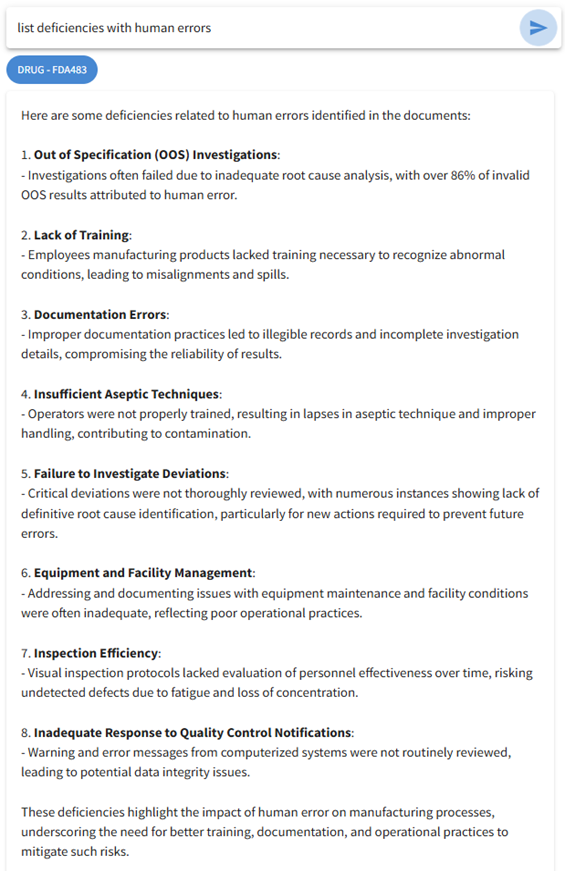New Alternative Methodologies (NAM) - to reduce animal testing in preclinical phase
- Binh Nguyen
- Jul 23
- 2 min read
In 2022, Congress passed the FDA Modernization Act 2.0 authorizing the use of non-animal alternatives (cell-based assays, computer models, etc.) to support IND applications and removed requirement to use animal studies for biosimilar BLAs.
Did you know that >90% of drugs that appear safe and effective in animals do not receive FDA approval in humans because they are deemed not effective and/or harmful to humans?
Did you know that the cost to develop monoclonal antibodies (mAb) is at $650-$750 million and up to 9 years?
This is why FDA is encouraging the use of NAMs. There are several types that you can explore:
In Vitro Human-Derived Systems (Organoids and Microphysiological Systems (MPS)) or Organ-on-a-Chip (OOC) Systems where human cells are used to recreate miniature organ units or even interconnected multi-organ networks to simulate human organ biology.
“in silico” and Computational modeling with AI and ML uses
Physiologically-Based Pharmacokinetic (PBPK) Modeling to simulate drug ADME (Absorption, Distribution, Metabolism, and Excretion)
Machine Learning (ML) and Artificial Intelligence (AI) Predictive Models to predict clinical outcomes and toxicities
Quantitative Systems Pharmacology (QSP) and Modeling of Biological Pathways combine computational biology and pharmacology, simulating how a drug interacts with complex human biological networks
Bioinformatics and In silico Off-target Screening can screen a product’s sequence for any unintended targets (such as cross-reactivity to human tissues)
In Vitro Assay: are laboratory tests conducted outside of a living organism, typically using cells or biological molecules, to study specific biological interactions and processes.
Ex vivo Human Tissues: in organ donation and tissue preservation allow scientists to test drugs on actual human tissues
High-Throughput Cell-Based Screening: Robotic high-content screening using panels of human cells (including induced pluripotent stem cell-derived cells from diverse genetic backgrounds) can profile the effects of a product on many cell types
Microdosing and Imaging in Human Volunteers: can yield early pharmacokinetic and distribution data via PET imaging
Refined In Vivo Methods (for transition): using humanized transgenic can reduce animal numbers and pain (these still involve animals, but fewer, or with less severe procedures)
FDA is working with many Agencies such as National Institute of Health, National Toxicology Program, Environmental Protection Agency, Veterans Affairs, etc. to encourage the advancements of NAM in drug submissions to phase out animal testing, reduce development cost, and better human outcomes in drugs development. For additional details, please refer to FDA Announces Plan to Phase Out Animal Testing Requirement for Monoclonal Antibodies and Other Drugs | FDA.




Comments